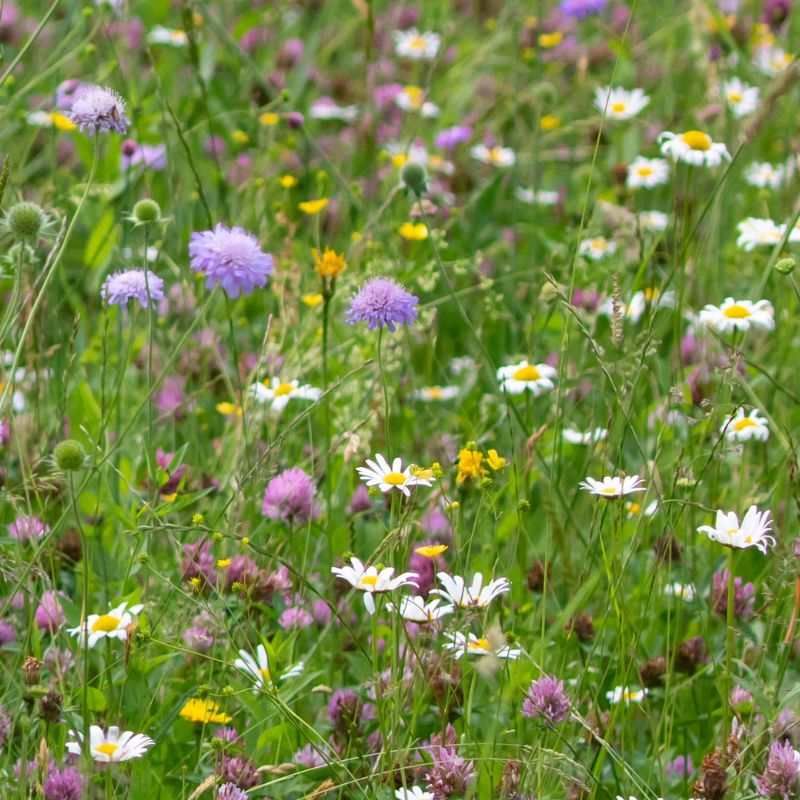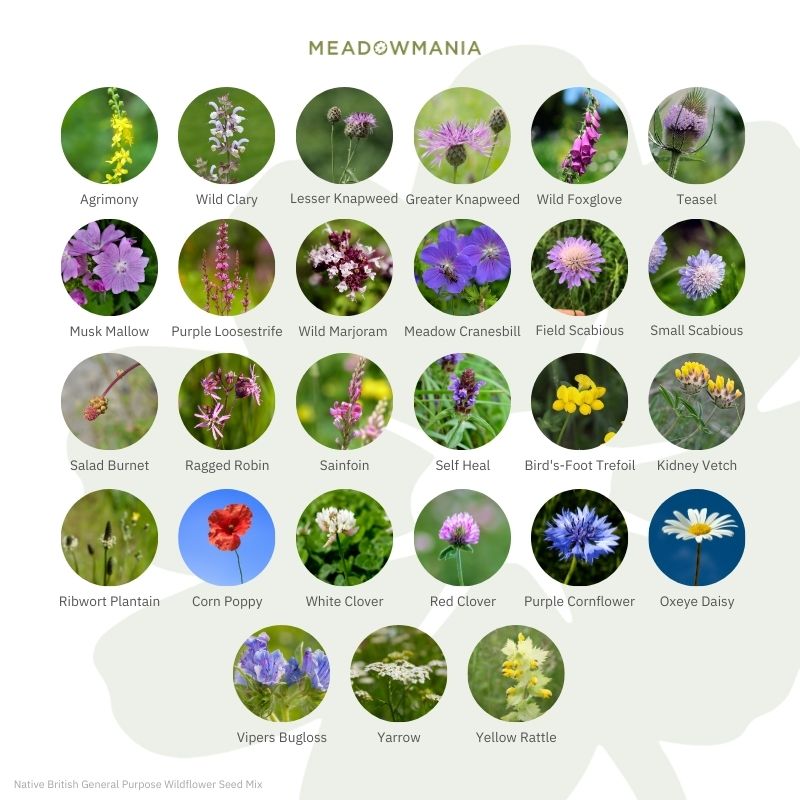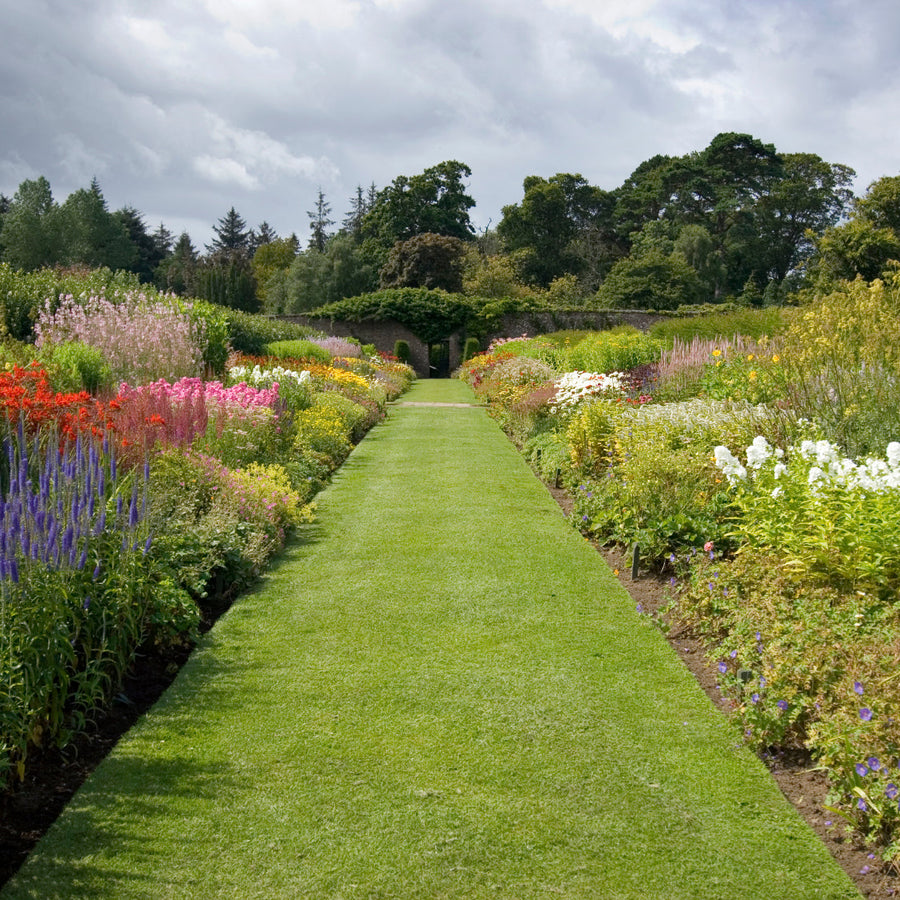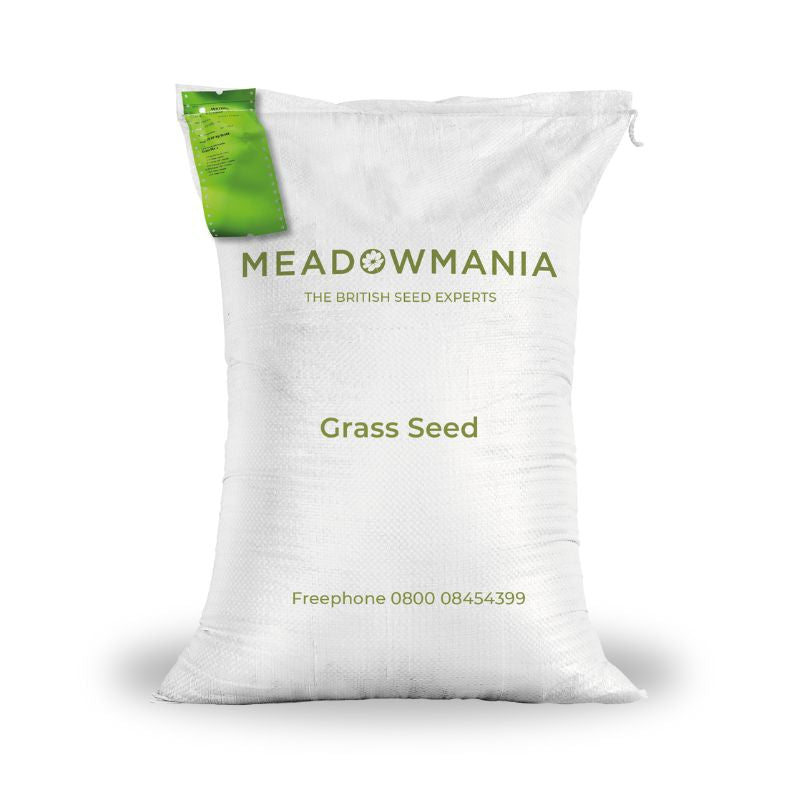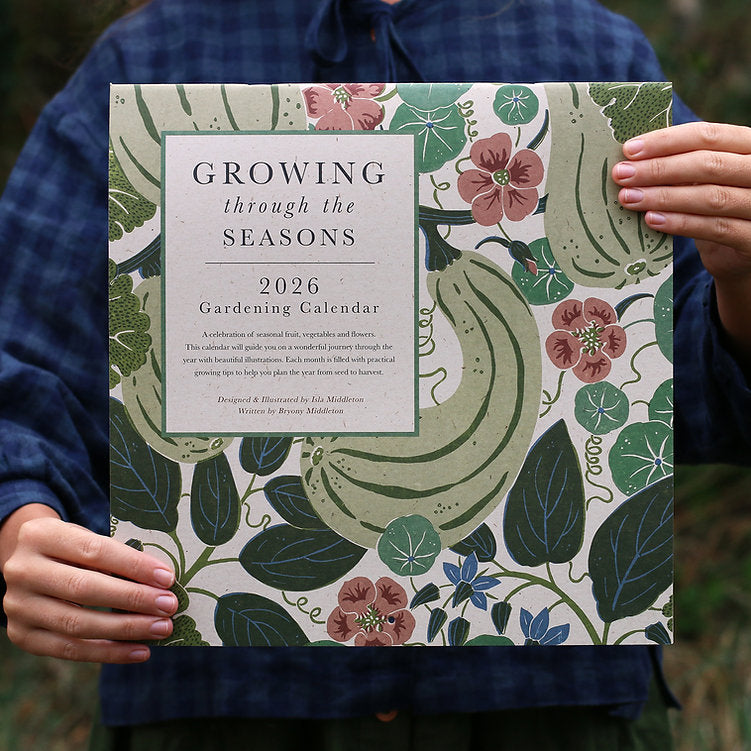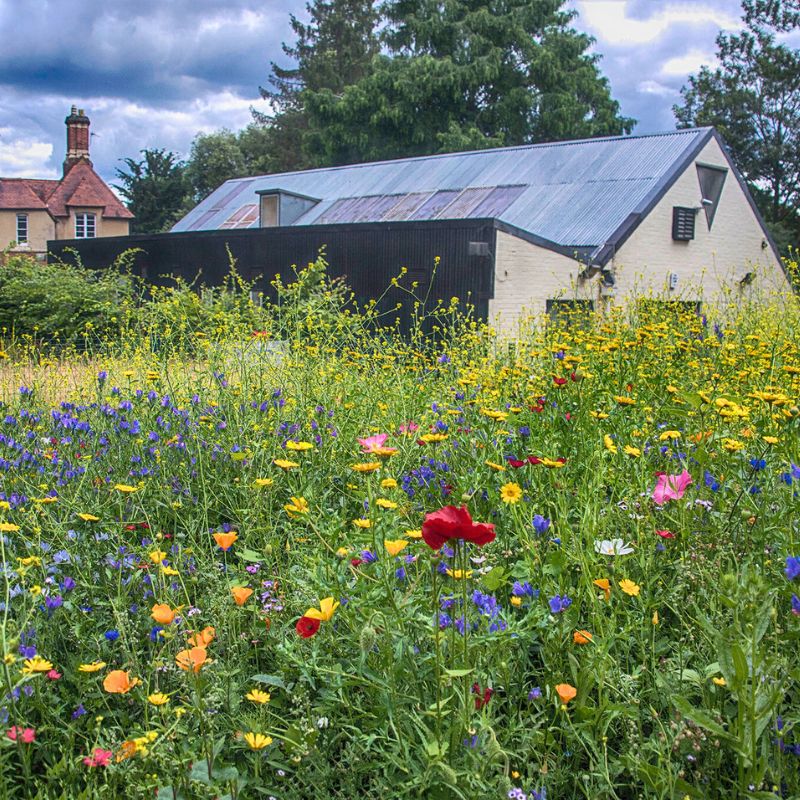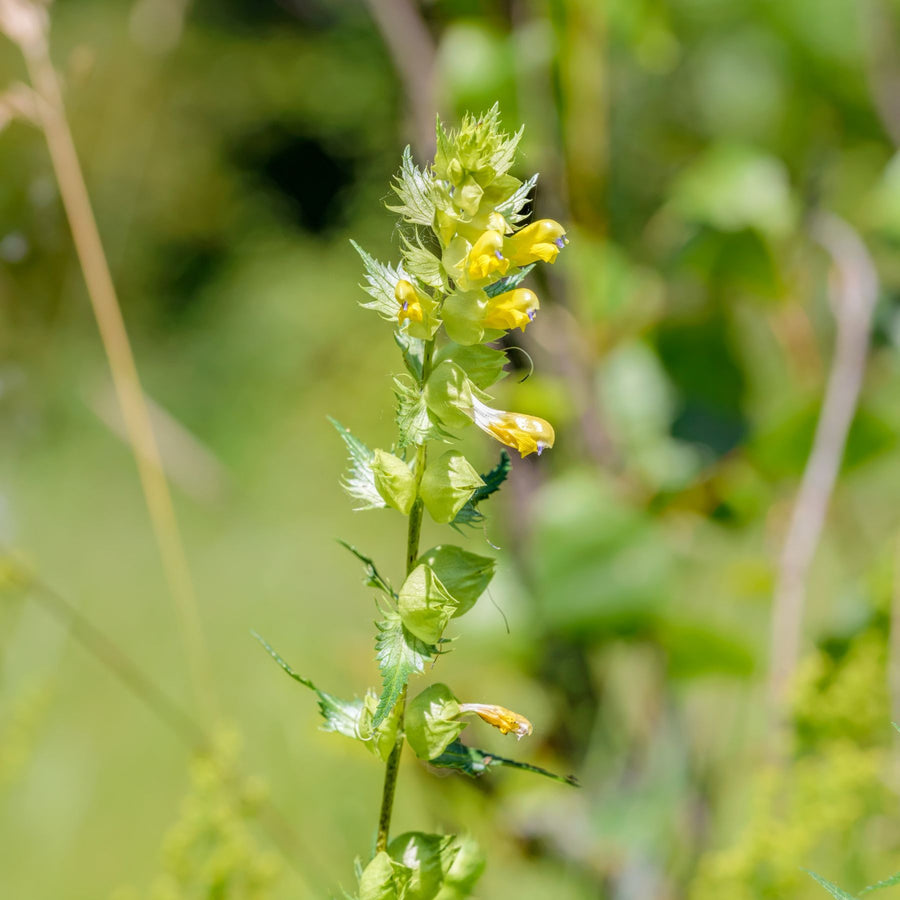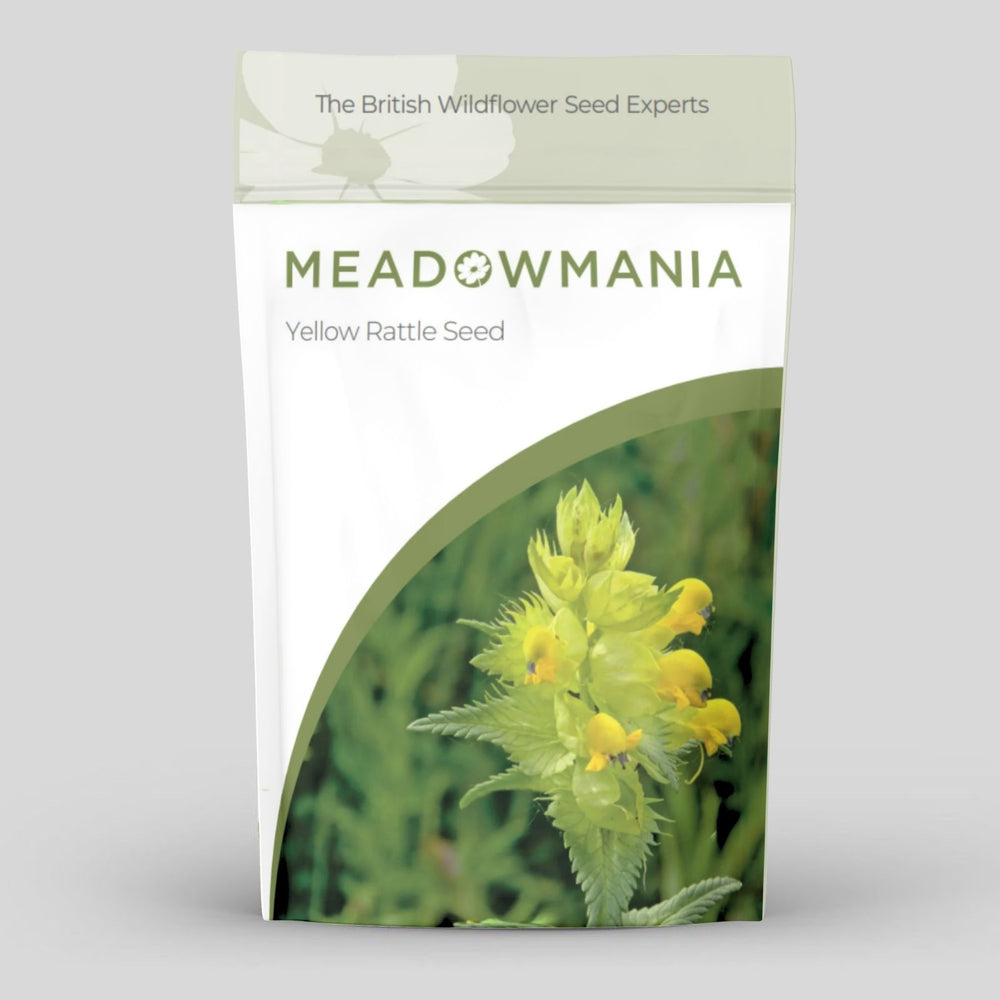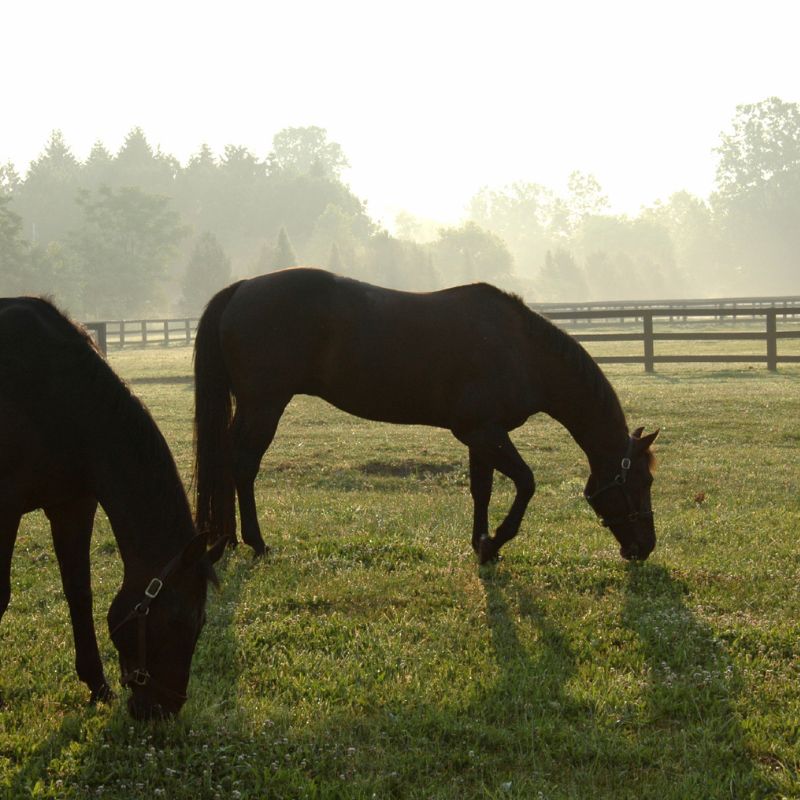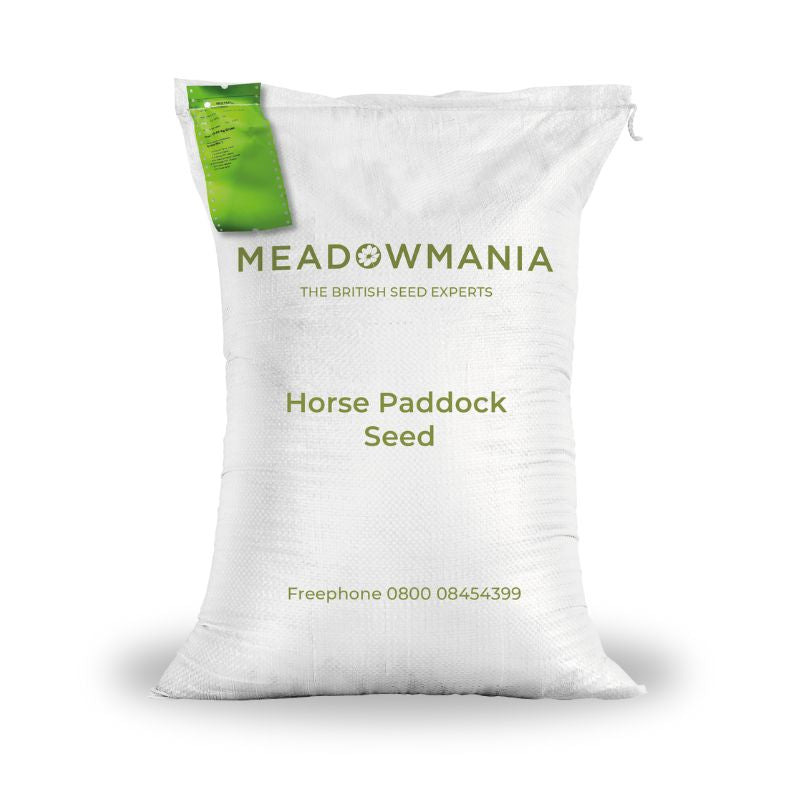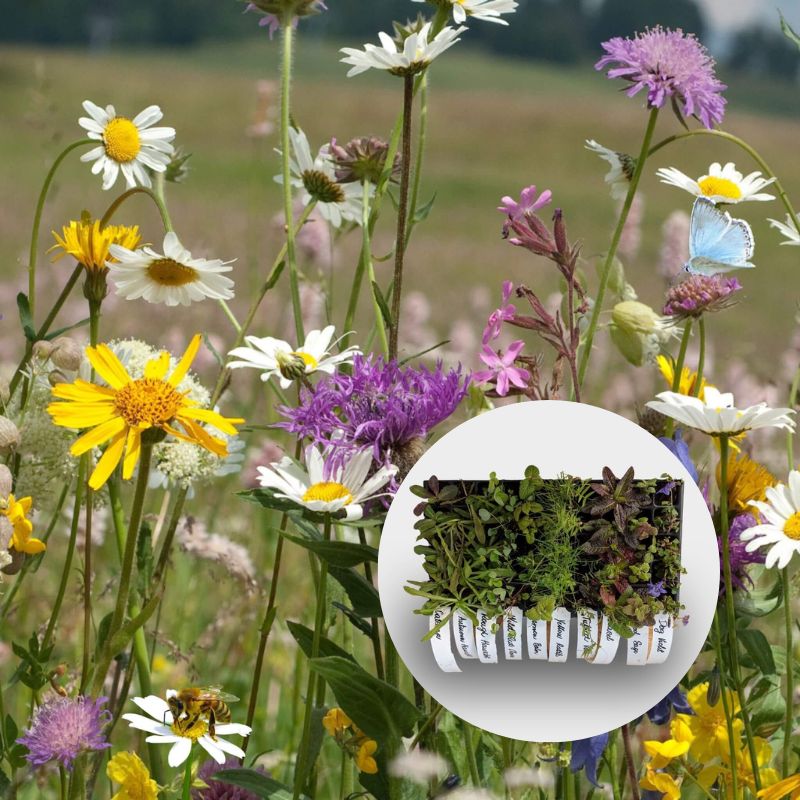
Wild Flower Meadows; Establishment
Establishing Wild Flower Meadows
When giving advice about establishing Wild Flower Meadows we need to look at three areas;- What kind of Wild Flower Meadow are you trying to create?
- How do you need to prepare the ground before sowing?
- How do you maintain and manage the Wild Flower Meadow once it is established?
What Type of Meadow
There are three different approaches that you could take- The first type is a Cornfield Annual meadow. Sow in either the Spring or Autumn and you should create a very colourful show. They include species such as Cornflowers, Poppies and Corn Marigold. They are relatively easy to grow, they like fertile conditions and will give you a colourful show over the summer. The main downside to them is that you would need to re-cultivate the ground every autumn and sow new seed if you want them to come back each year.
- The next approach might be to sow just a 100% Wild Flower Seed Mix. You would sow one of these mixes at about 1.5 to 2 grams to the square metre. You choose a mixture that matches the soil type, such as a mixture designed for clay soils on heavy for clay soils! These are perennial wild flowers they take longer than the annuals to establish. But once they have grown they will grow back each year. Simply cut the meadow area down and leave it through the winter at the height of about 10 cm. The downside of planting just wild flowers on their own is that if no grass grows the area may look like a patch of weeds when not in flower.
- The most common approach then is to clear an area and sow a Wild Flower Meadow mixture. This is a mixture of grass and perennial wild flower species. Sow this at 4 grams to the square metre. You can sow them either in the Spring or Autumn. The grass species are fine grasses which are not too aggressive but which provide an attractive backdrop for the wild flowers when established. You will be sowing the equivalent of about 3 grams to the square metre of grass compared to sowing 40 grams to the square metre when you sow a lawn. You have to cut the meadow area down in early autumn and then it grows back the following year. This sort of Meadow generally takes a couple of years to establish. What some people do is to sow a Cornfield Annual mixture (at 1 gram to the sq metre) along with a Meadow mixture (at 4 grams to the sq metre). What this achieves is that you get a show of annuals in the first year then the perennials come to fore from the second year onwards. Like the 100% Wild Flower seed mixes the key here is to match the mixture to your soil type or condition.


